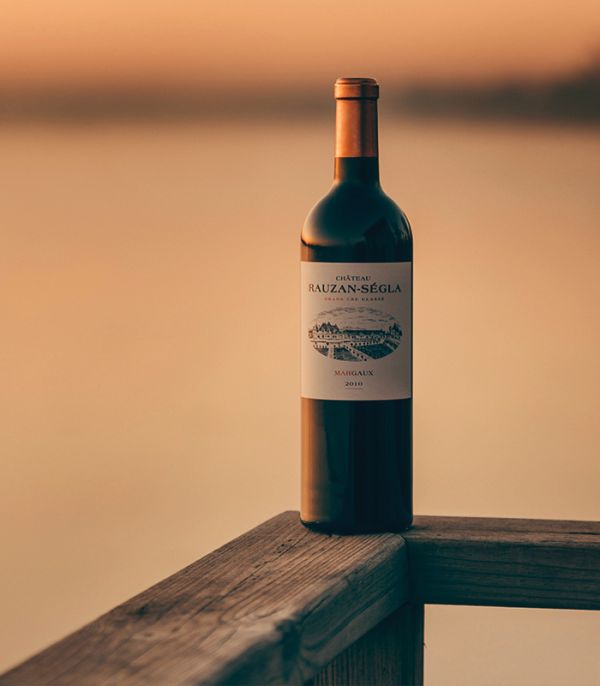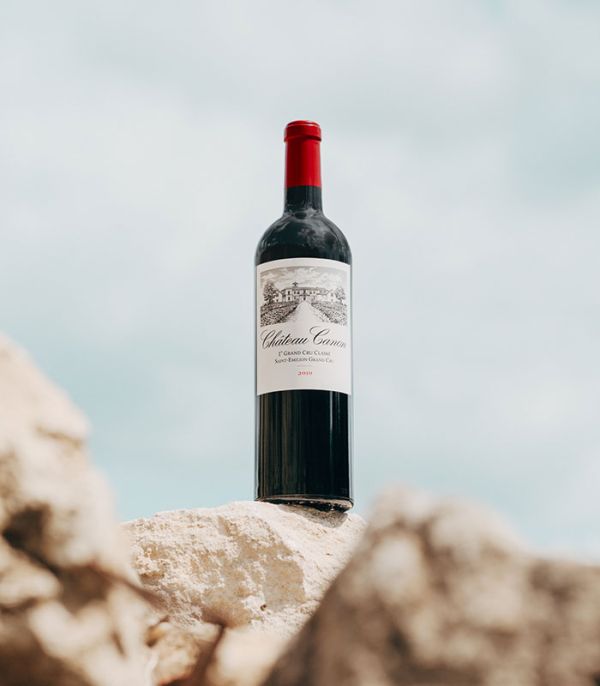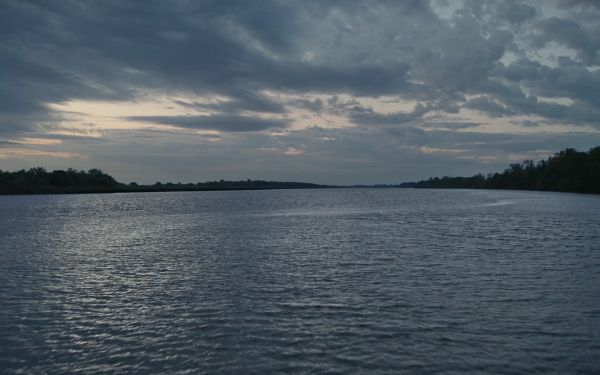Knowledge
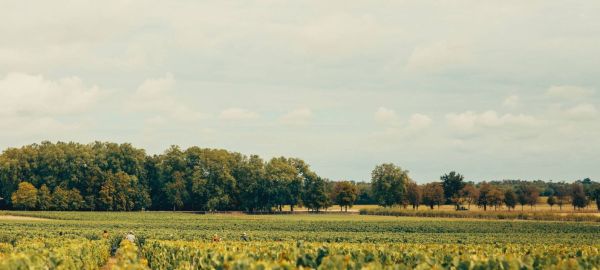
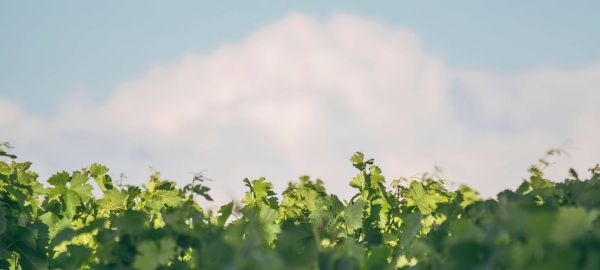

Left bankMargaux
Right bankSaint-Émilion
WE SHARE
A GEOLOGY
ONE ESTUARY, TWO TERROIRS
Here, on the Gironde estuary, is where Bordeaux wines are born. The combination of the oceanic climate and moving water has created legendary, contrasting terroirs: on the left bank, the Médoc terraces of Margaux, and on the right, Saint-Emilion’s limestone plateau.
ONE ESTUARY, TWO TERROIRS
Here, on the Gironde estuary, is where Bordeaux wines are born. The combination of the oceanic climate and moving water has created legendary, contrasting terroirs: on the left bank, the Médoc terraces of Margaux, and on the right, Saint-Emilion’s limestone plateau.
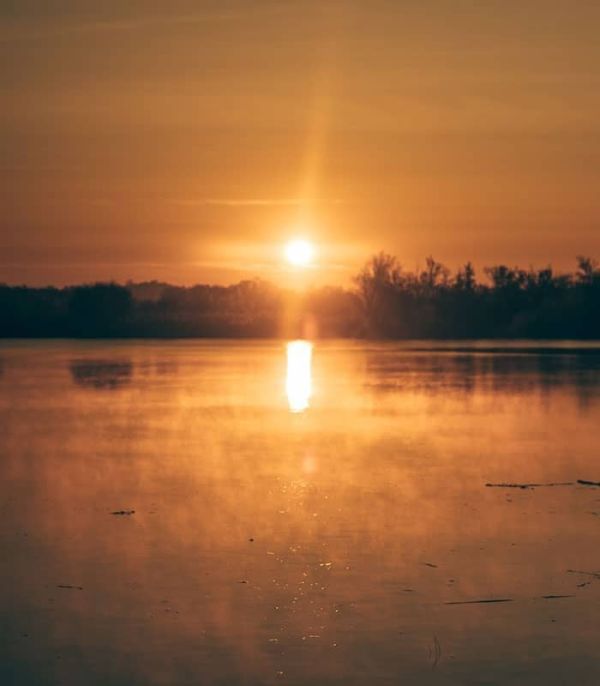
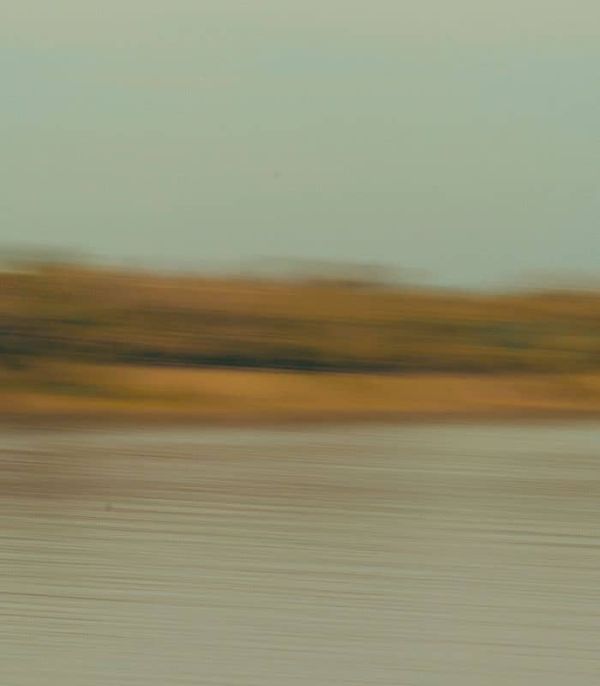
THE DIVERSITY OF THE MÉDOC TERRACES
THE SOFT ROCK OF THE LIMESTONE-CLAY PLATEAU
Multicoloured. Right by the estuary, the left bank touches the meandering river bed, with its traces of millennia-old gravel. The Margaux terroirs form terraces, fed by water from the Pyrenees. Rocks and stones blunted by a series of glacial collapses can still be found in the soil. Blocks of sand, gravel and clay are precisely orchestrated by human hands to reveal the subtleties of a precious terroir.
Overlooking the Dordogne, the right bank offers up its soft rock to the Saint-Emilion soils. The ground draws in minerals like a sponge, creating a paradise for vines. Asteriated limestone from ancient seas created the plateau through a series of diversions. The terroir that has developed over the centuries is unique. And now vital.
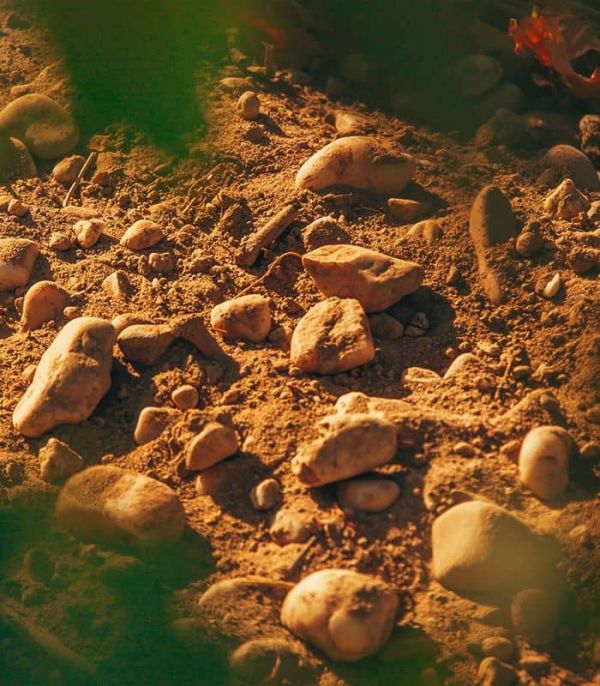
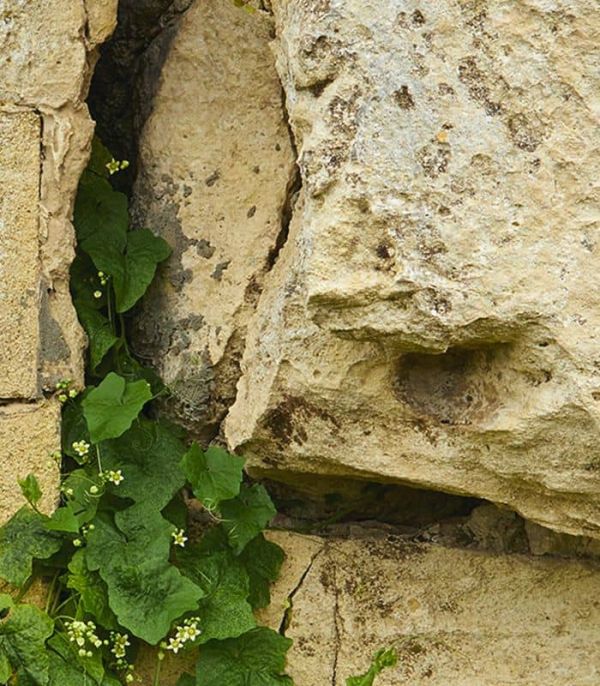

ENCOURAGING SOIL LIFE AT CHÂTEAU RAUZAN-SÉGLA
PRESERVING THE THIN LAYER OF TOPSOIL AT CHÂTEAU CANON
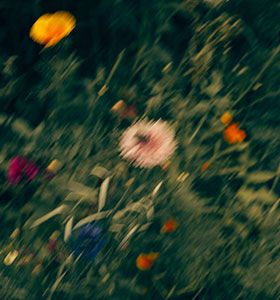
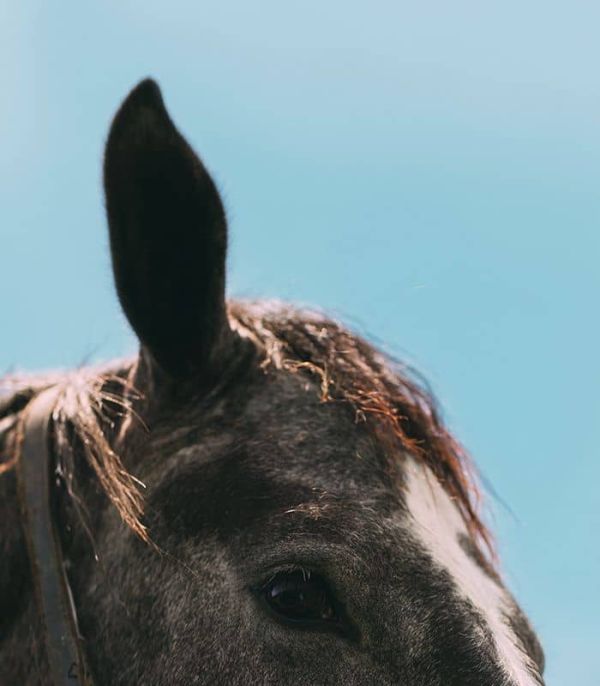
Left bankMargaux
Right bankSaint-Émilion
A SHARED
HISTORY
KNOWLEDGE OF THE LAND AND RIVER
Two inextricably linked Grand Cru estates standing face to face. Sharing quality, authenticity and fame. The history and international reputation of Bordeaux wines unfold here, from one bank to the other.
This stems from the work of two men. Two visionaries determined to develop their wine estates thanks to the riches that the estuary has to offer. A treasure trove for trade.
KNOWLEDGE OF THE LAND AND RIVER
Two inextricably linked Grand Cru estates standing face to face. Sharing quality, authenticity and fame. The history and international reputation of Bordeaux wines unfold here, from one bank to the other.
This stems from the work of two men. Two visionaries determined to develop their wine estates thanks to the riches that the estuary has to offer. A treasure trove for trade.
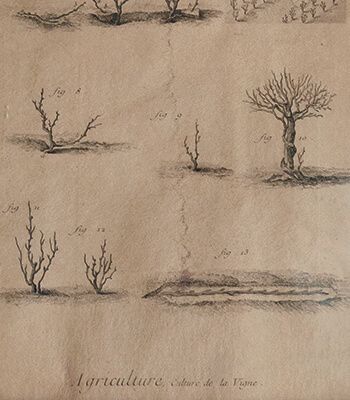
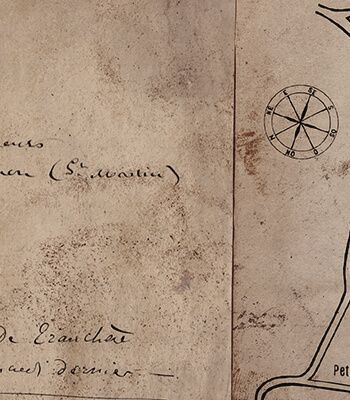
PIERRE DE RAUZAN’S INTUITION FOR TERROIR
ESTUARY PRIVATEER JACQUES KANON
On the eve of the Médoc winemaking revolution, merchant and farmer Pierrec Rauzan acquired the Gassies mansion house. It was 1661, and the Rauzan-Ségla estate was born on Terrace 4. With the Atlantic leading the way, Pierre de Rauzan also established a maritime trading activity on the left bank. His aim? To make the estuary a shipping route to the world. His intuition for terroir, precise grape variety selection, and flair for commerce became the building blocks for the chateau’s fame.
Jacques Kanon, a famed privateer for the Crown, escorted impressive ships to the sea thanks to his skill with the estuary’s turbulent waters. Drawn by both land and ocean, this formidable sailor gave in to the pull of the plateau. It was 1760, and the privateer’s land-based mission took flight with the acquisition of Bourdieu de Saint-Martin. This is where he built Château Canon. Passionate about the winemaking revolution in his time, he modernised the vineyards and winegrowing activities, establishing a new reputation for his wines.
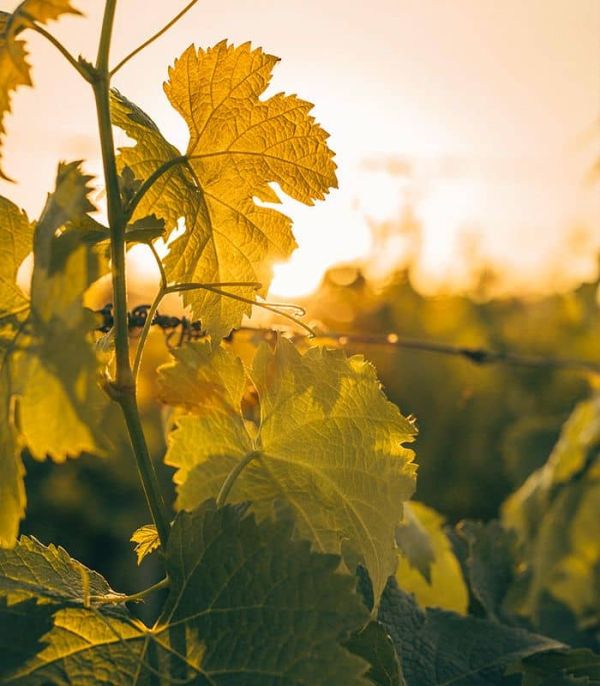
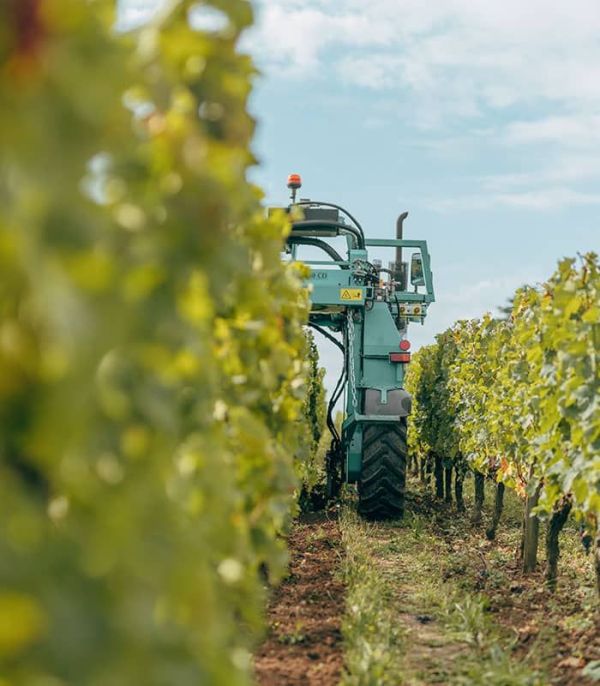

RAUZAN-SÉGLA FROM HERITAGE TO MODERNITY
CANON FROM HERITAGE TO MODERNITY
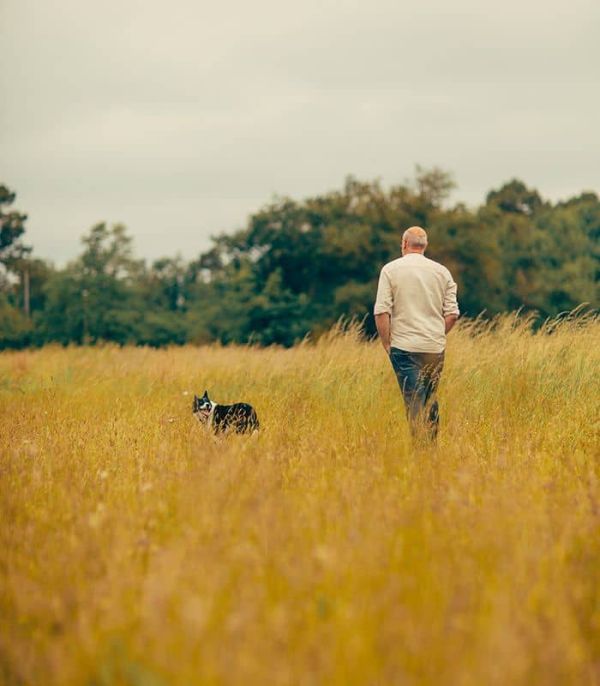
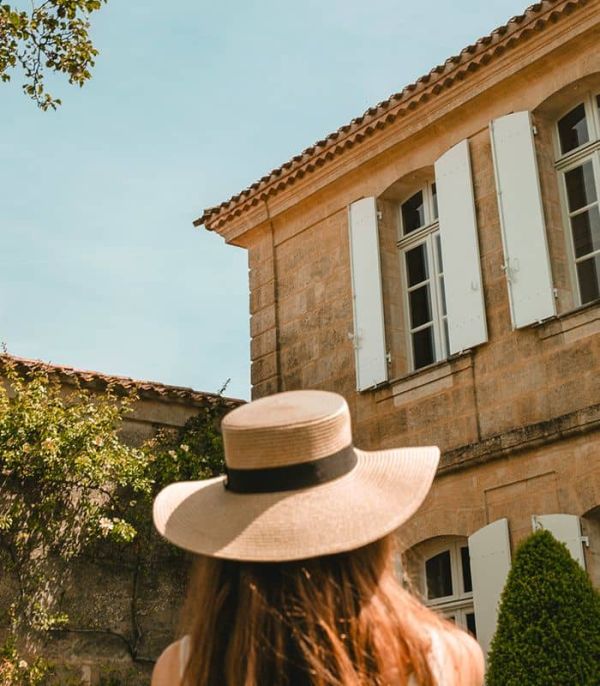
2E GRAND CRU CLASSÉ MÉDOC (1855)
1ER GRAND CRU CLASSÉ SAINT-ÉMILION (2022)
In 1855, the official list from the Exposition Universelle in Paris named the estate a Deuxième Cru Classé.
Passion, respect and the quality of the wines still guide every decision today. This eternal honour has forged the wines’ reputation and fame. An unwavering responsibility for Château Rauzan-Ségla.
A century after the Médoc list was created, we reach 1955. Château Canon is named a Saint-Émilion Premier Cru Classé.
This classification, revised every ten years, seeks to be innovative and evolutionary, drawing on various different judging criteria. Ongoing collective competition and an ever-present culture of excellence ensure elite wines.
